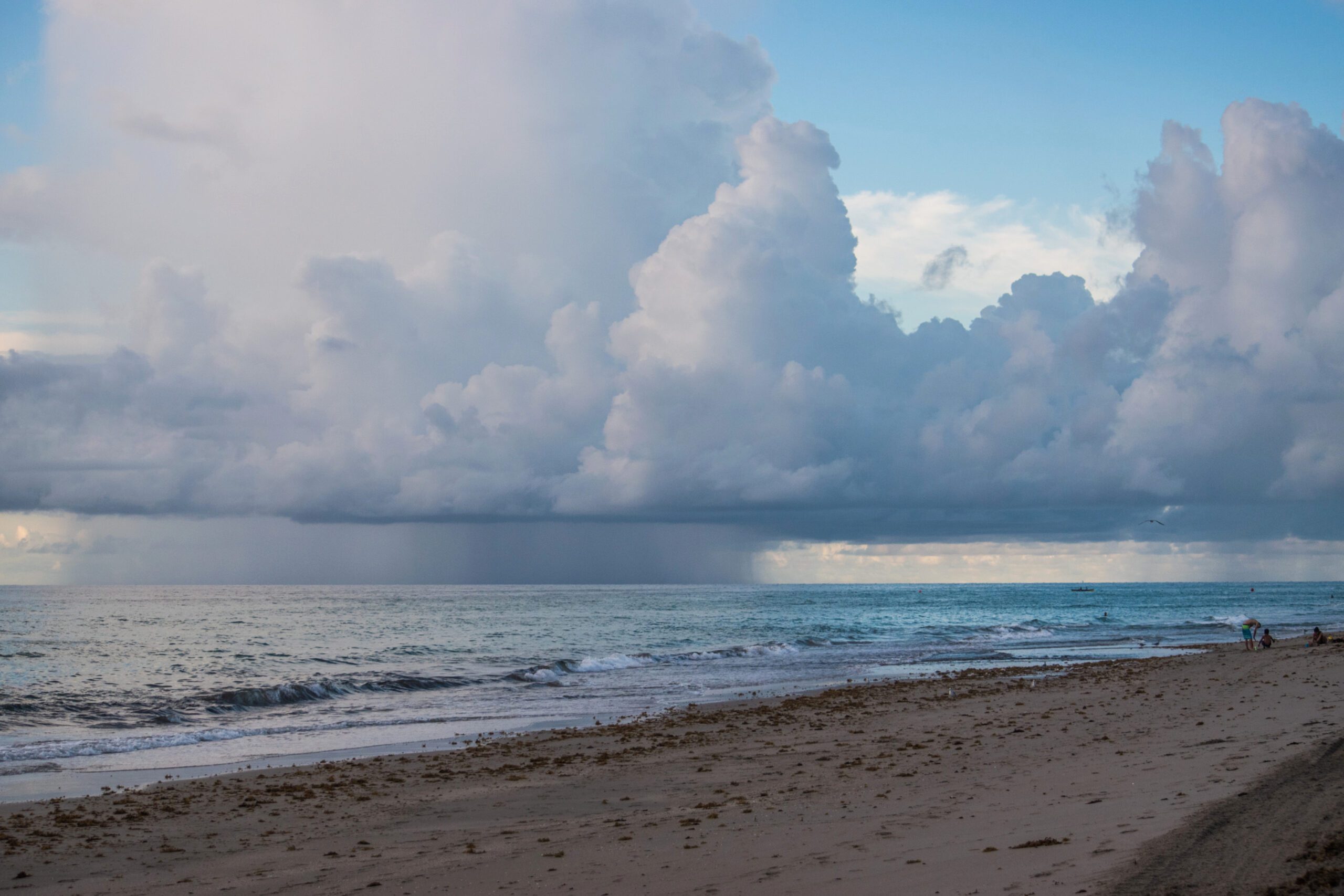The World Meteorological Organization (WMO) has declared the onset of El Niño conditions, signalling the likelihood of a further increase in global temperature.
El Niño occurs on average every two to seven years, and episodes typically last nine to 12 months. It is a naturally occurring climate pattern associated with warming of the ocean surface temperatures in the central and eastern tropical Pacific Ocean.
El Niño conditions have developed in the tropical Pacific for the first time in seven years, setting the stage for a likely surge in global temperatures and disruptive weather and climate patterns.
In an official statement released on Tuesday, the WMO warns that there is a 90% probability of the El Niño event continuing during the second half of 2023. It is expected to be at least of moderate strength.
In anticipation of the El Niño event, a WMO report released in May predicted that there is a 98% likelihood that at least one of next five years, and the five-year period as a whole, will be warmest on record, beating the record set in 2016 when there was an exceptionally strong El Niño.
The WMO report in May, led by the UK’s Met Office with partners around the world, also said there is a 66% likelihood that the annual average near-surface global temperature between 2023 and 2027 will temporarily be more than 1.5°C above pre-industrial levels for at least one year.
According to WMO’s State of the Global Climate reports, 2016 is the warmest year on record because of the “double whammy” of a very powerful El Niño event and human-induced warming from greenhouse gases. The WMO says the effect on global temperatures usually plays out in the year after its development and so will likely be most apparent in 2024.
The average global temperature in 2022 was about 1.15 °C above the 1850-1900 average because of the cooling triple-dip La Niña.
El Niño events are typically associated with increased rainfall in parts of southern South America, the southern United States, the Horn of Africa and central Asia.
In contrast, El Niño can also cause severe droughts over Australia, Indonesia, parts of southern Asia, Central America and northern South America.
During the Boreal summer, El Niño’s warm water can fuel hurricanes in the central/eastern Pacific Ocean, while it could hinder hurricane formation in the Atlantic Basin.
Since February 2023, monthly average sea surface temperature anomalies in the central-eastern equatorial Pacific have warmed significantly, rising from nearly half degree Celsius below average (-0.44 in February, 2023) to around half degree Celsius above average (+0.47 in May, 2023). In the week centered on June 14, 2023, the warm sea surface temperature anomalies have continued to increase, reaching a value of +0.9 degrees Celsius.
“The onset of El Niño will greatly increase the likelihood of breaking temperature records and triggering more extreme heat in many parts of the world and in the ocean,” said WMO Secretary-General Prof. Petteri Taalas.
“The declaration of an El Niño by WMO is the signal to governments around the world to mobilize preparations to limit the impacts on our health, our ecosystems and our economies,” he said, adding that early warnings and anticipatory action of extreme weather events associated with this major climate phenomenon are vital to save lives and livelihoods.



